J. Drew Hogg
Astronomer. Data Nerd. Problem Solver.

Astronomer. Data Nerd. Problem Solver.
I'm a data scientist with a background in high-performance computing, "big data," and time series analysis. Here, you will find a bit about me and my scientific research on black hole accretion. I will recieve my Ph.D. from the University of Maryland in August 2018. My resume can be downloaded here and my CV can be downloaded here.
I fell in love with using data to solve complex problems through astrophysics. I enjoy teasing out subtle trends and correlations from messy data, particularly time variable data, and making meaningful predictions. In my scientific research this meant studying the global behaviors of chaotic magnetohydrodynamic turbulence in plasma disks around black holes to connect it to observational signatures. In more Earthly endevors, this means I can address tough business challenges and provide valuable insight.
On my Github page you'll find a portfolio of projects I've been working on using publicly available datasets. Currently, you'll find projects where I dig into Fannie Mae mortgage data and better predict forclosures, analyze flight data and predict future United traffic at Dulles, and analyze historical S&P 500 price action. In each one I filter and crunch large volumes of data, explore the data sets to uncover trends, and fit various machine learning models. Most of my coding is in Python, but I also use C and C++ for the numerical models of black hole accretion disks.
Outside of the office, I enjoy riding bikes and can be found at road and mountain bike races across the southeast and mid-Atlantic during the summer. I'm also an avid reader and am constantly looking for opportunities to push myself and grow.
Here are a few things I've done. Clicking the images will download the publication.
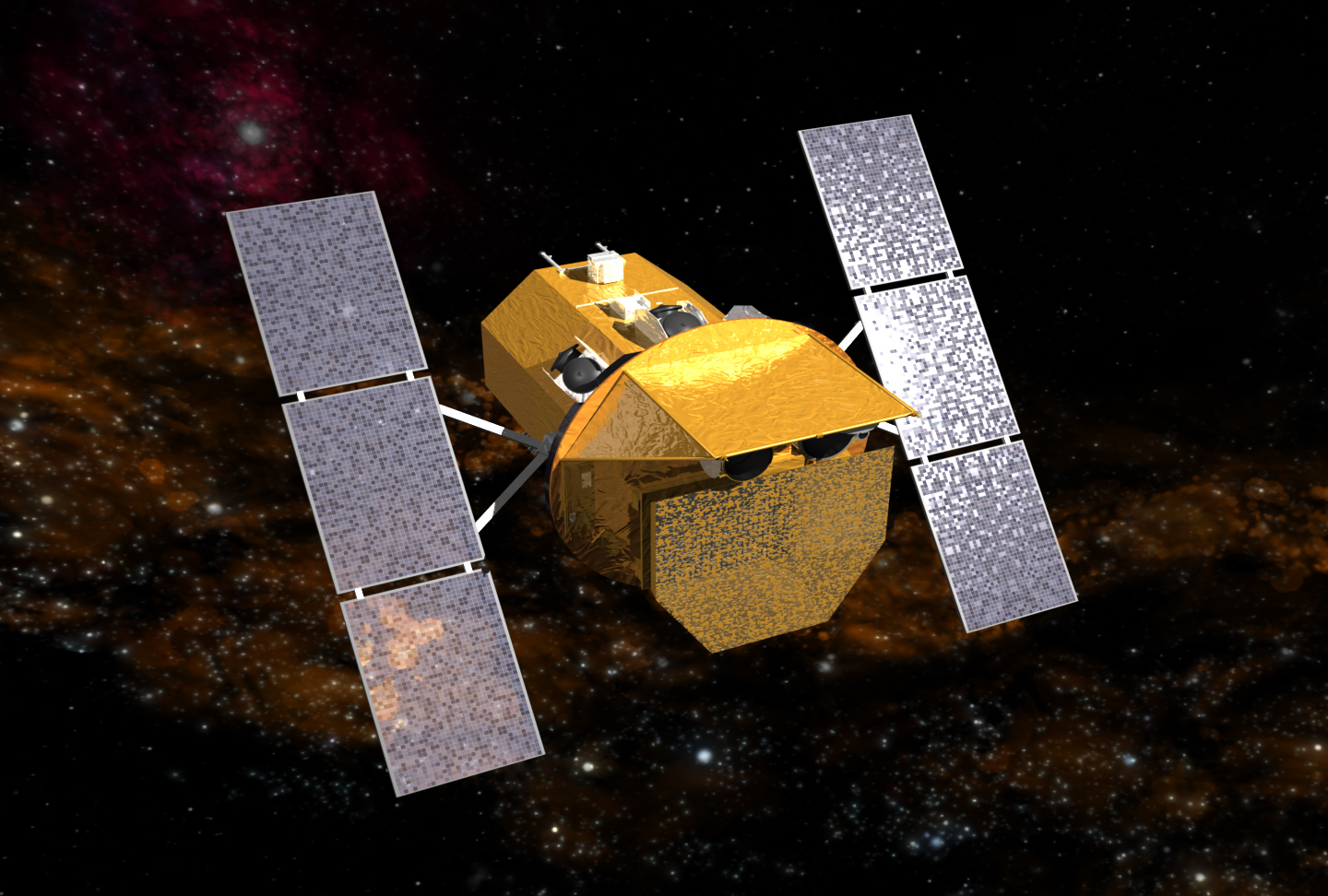
X-ray follow-up of two unusually red AGNs from the Swift Burst Alert Telescope (BAT) All-Sky Survey. We show that the AGNs are heavily obscured and possible analogs of extremely red objects (EROs), an elusive class of objects typically found at higher redshift.
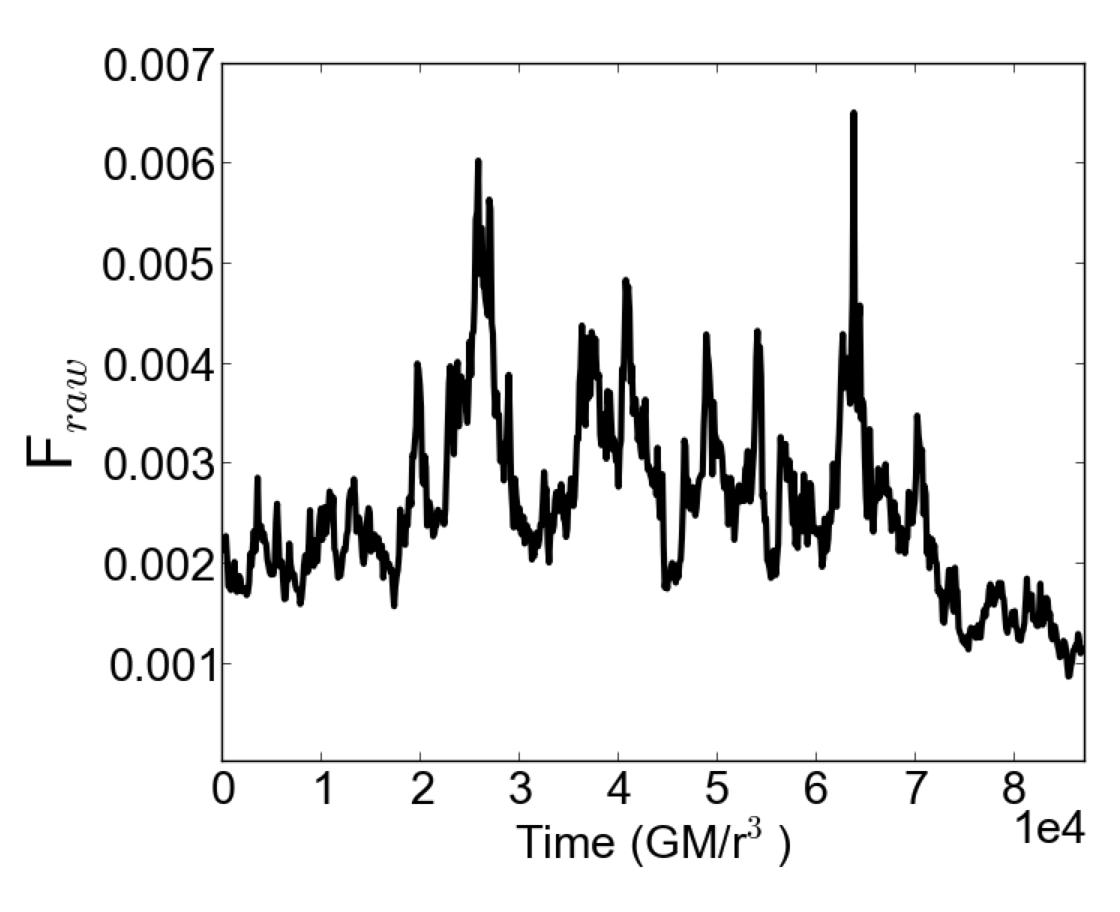
Timing studies find that the variability from accreting black holes displays organized, nonlinear structure on viscous timescales. This is interpreted as evidence of the multiplicative combination of stochastic fluctuations in the mass accretion rate, though the model is largely phenomenological. Using a numerical model of an MHD accretion disk, I showed for the first time that these characteristic signatures naturally develop from MHD turbulence and that the magnetic dynamo drives their development.
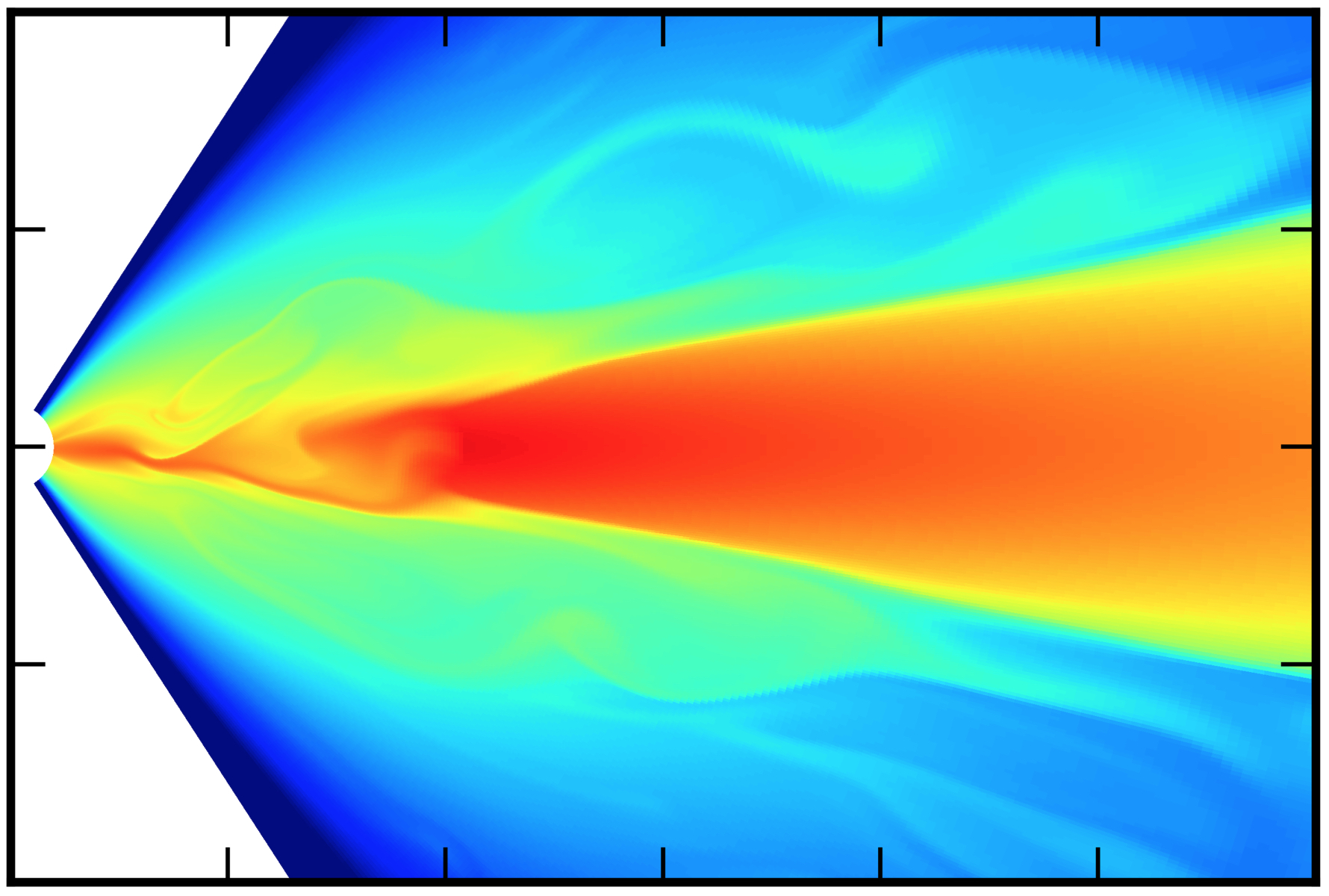
Accretion disks with an inner truncation are invoked to explain the spectral properties of certain classes of black hole systems. The truncation is attributed to a transition in the radiative efficiency of the gas. Here, I study a hydrodynamic accretion disk with a bistable cooling law, meant to emulate such a transition. Several interesting features develop, which are distinct from the canonical model used to explain observations. This work establishes a benchmark against which an MHD model can be compared.
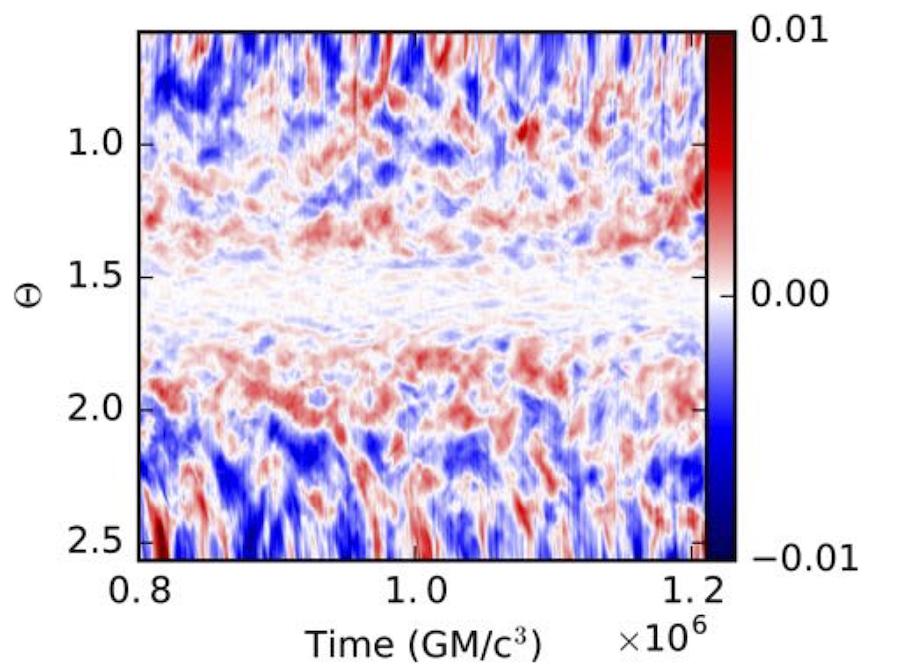
Here I continue the investigation into the behavior of a truncated accretion disk, but modeled in MHD. The dynamics, angular momentum transport, and energetics of the accretion flow are studied and reveal a gentle outflow originates from a "truncation zone." This leads to a subtle, but important, interaction between the hot gas and the cold Keplerian disk.
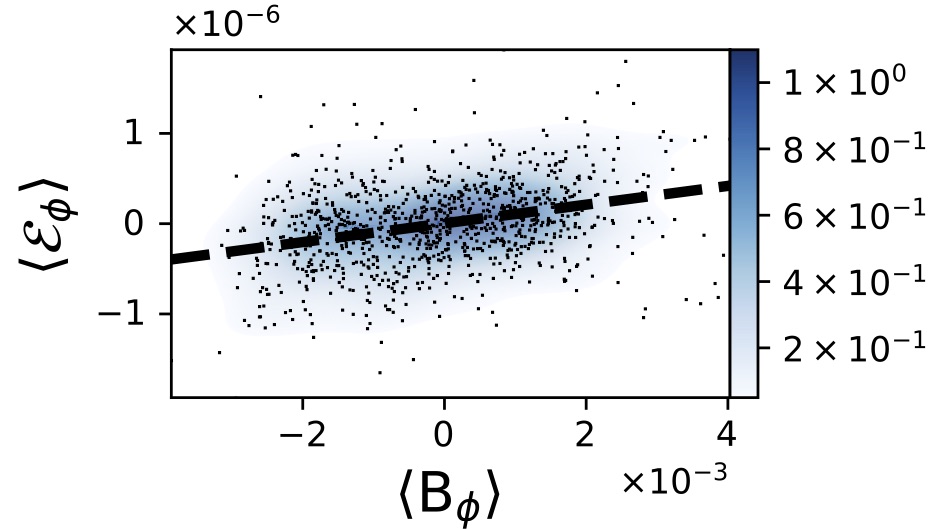
Throughout my accretion theory work, the role of the magnetic dynamo has been forefront in influencing the global disk evolution. To better understand the magnetic dyanmo and the large-scale magnetic field behavior, I also explored the dependence of the dynamo cycle on accretion disk thickness. The key finding is that the dynamo pattern fails to organize in thick disks.
Currently, the bulk of my research focus is on the observational investigation of a candidate recoiling AGN. Using multi-band, high-resolution Hubble imaging, Chandra X-ray observation, and multi-epoch optical spectroscopic monitoring, I will determine if this AGN is indeed a recoiling AGN. Please check back for future updates!